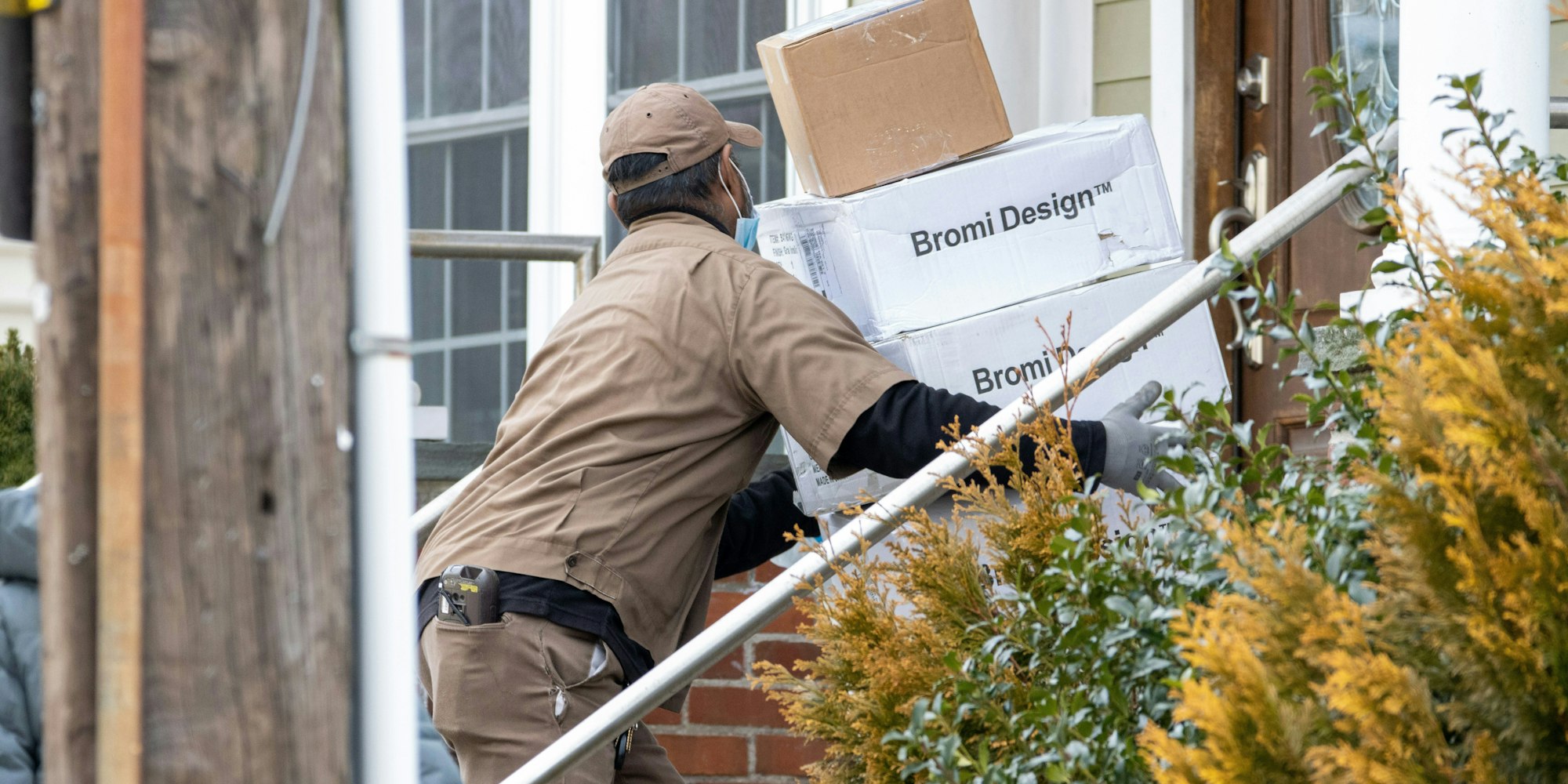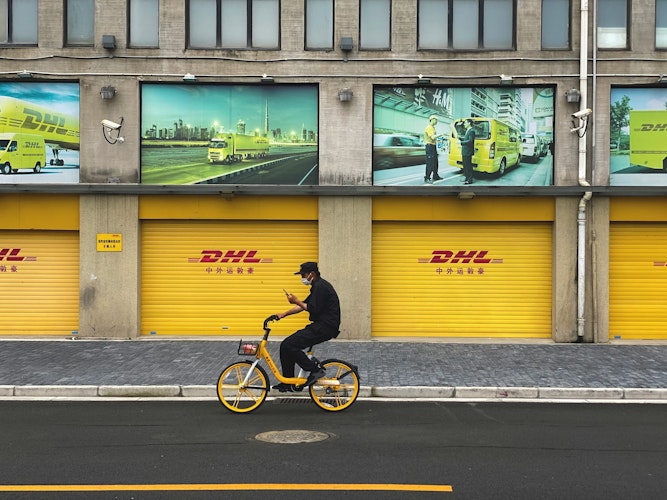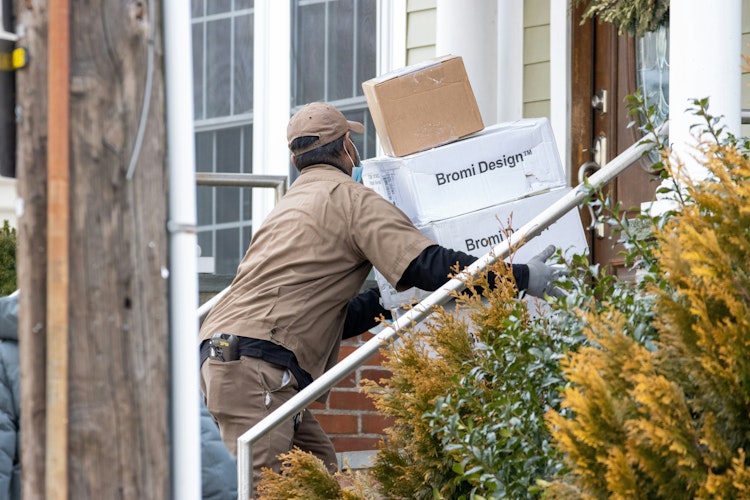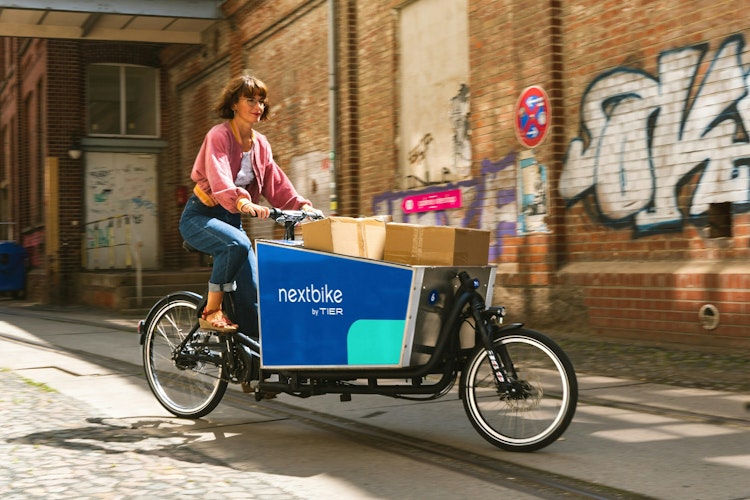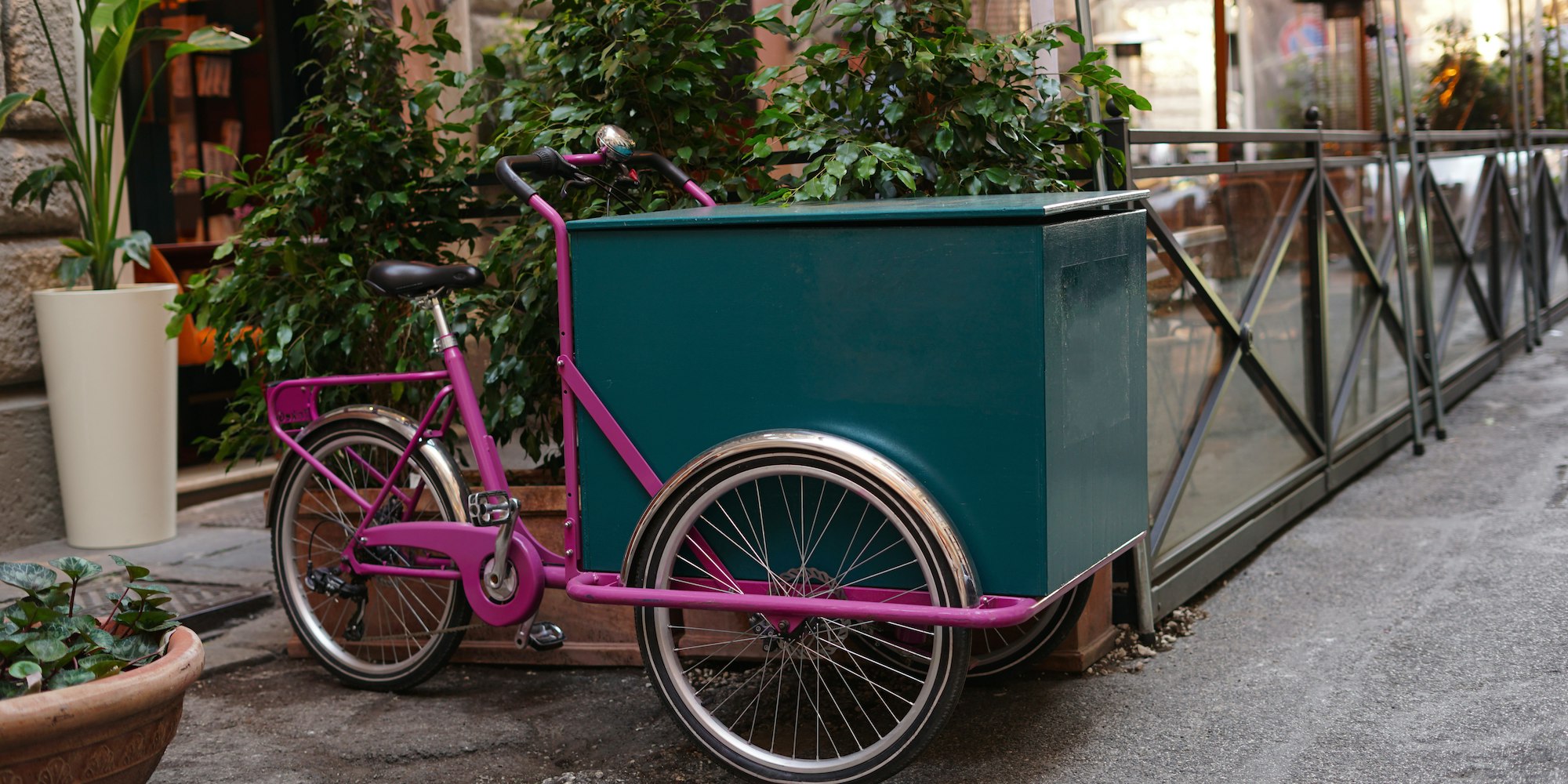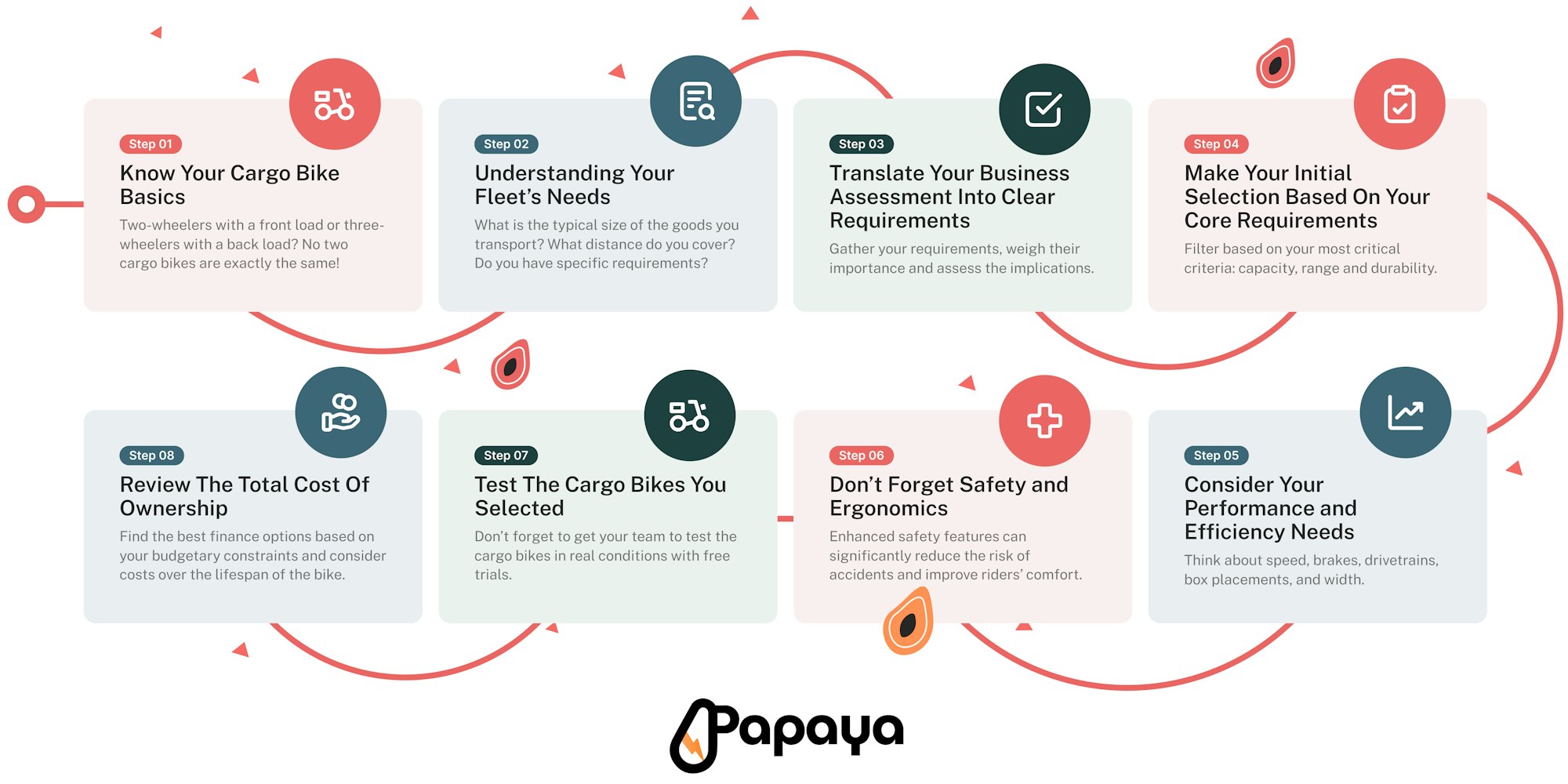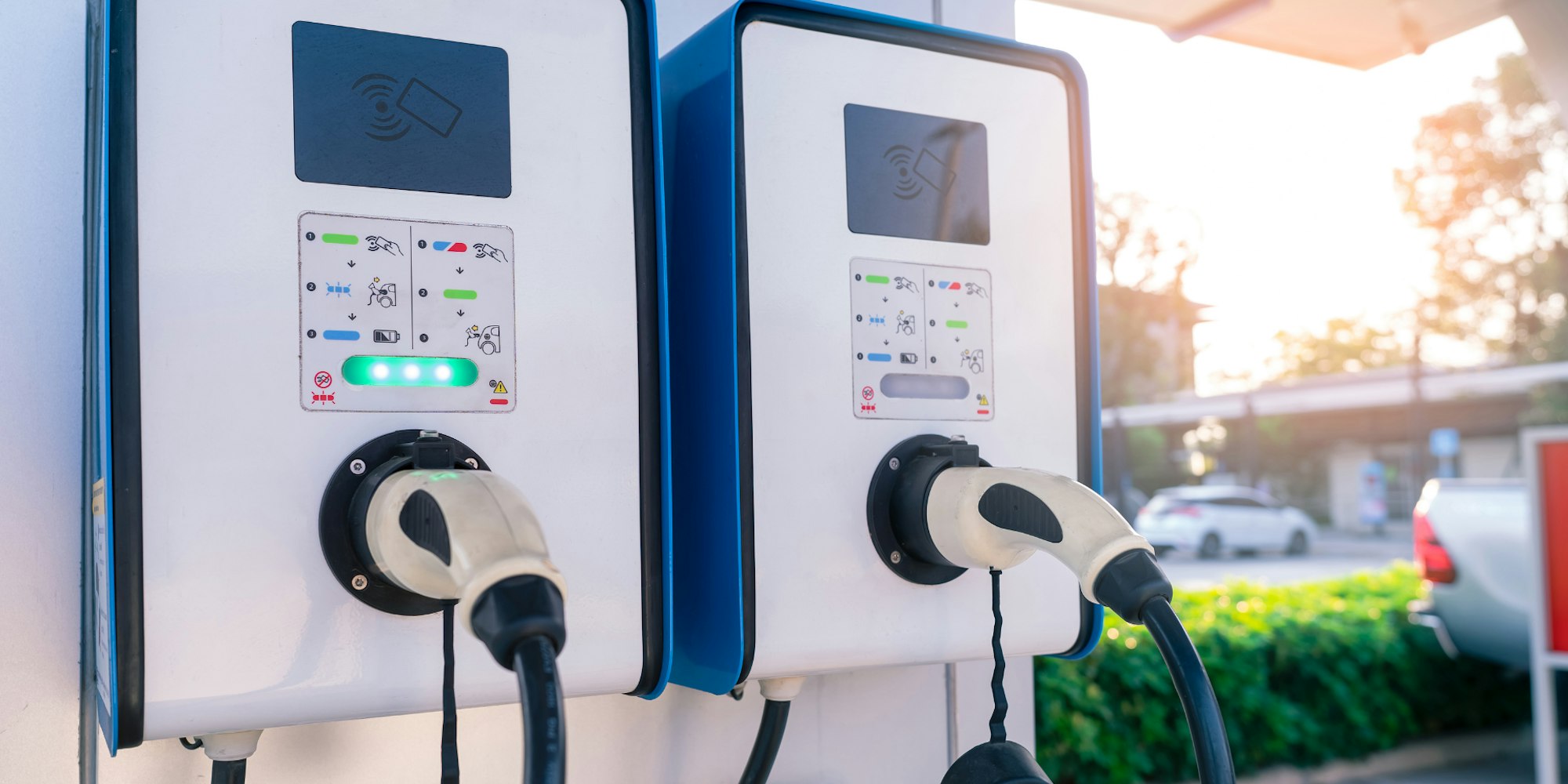How leading fleet managers navigate the twists and turns of last-mile
What is last-mile delivery and what makes it important?
Last-mile delivery is precisely what it sounds like—the final leg of the journey your package takes from the warehouse to your doorstep. It's the step where your parcel transitions from being part of a larger shipment to making its way directly to you.
Last-mile delivery is a trending topic in the fleet management industry for good reason, with many complexities and costs, getting last-mile right is crucial to any company making a delivery. So much so that meeting customer’s expectations of one-day/same-day delivery could result in up to 75% of customers spending more and increased loyalty to brands that offer an excellent last-mile experience.
Last-mile delivery plays a pivotal role in industries spanning e-commerce, food delivery, and distribution. Urban environments in particular are spaces where last-mile logistics is incredibly important. With high population density, there are many more customers to reach in a smaller area, meaning more deliveries occur in the last mile. With more density comes more traffic and congestion, causing delays that are detrimental to the efficiencies of delivery.
Why are leading fleet managers now focusing more than ever on optimising the last mile?
More successful ways to improve last-mile fleets are emerging.
The successful implementation and expansion of a new last-mile strategy by industry leaders shine a light for the rest of the fleets in this sector. Smaller and electric vehicles can help improve fleet performance in the last mile while reducing emissions from a part of delivery that accounts for 5% of all supply chain emissions.
Big companies like DHL, UPS, and FedEx have all begun to improve their last mile operations through electrification.
The Deutsche Post DHL has planned on investing $8 Billion USD in the next 10 years to have more than 80,000 electric vehicles on the road by 2030. This initiative will increase DHL’s worldwide fleet to be 60% by 2030, an increase from 18% in 2020.
FedEx developed and has started using eight electrically assisted four-wheel delivery bikes that will now operate from FedEx Express stations London City and Hornsey, where it is envisioned they will replace six conventional diesel vans and avoid an estimated 22,000 kgs of CO2 emissions per year. Pairing these four-wheelers with the 34 existing eCargo bikes they have in the UK, FedEx in Europe continues to lead the work towards their goal of 100% of new vehicle orders being electric globally.
The current state of last-mile is inefficient
Having an efficient last-mile fleet can save you and the rest of your city major time every day, especially when it comes to switching vans out for multiple eCargo Bikes. Even one vehicle can have a profound impact.
A Columbia’s School for Professional Studies report that attempted to measure the environmental impact of New York City’s shift to more e-commerce and the inefficiencies it causes for the city. In one instance, a double-parked e-commerce vehicle affected 50 other vehicles behind it, adding 3.31 minutes to each car’s commute, or 165.5 minutes combined. Another posed problems for 73 cars, each waiting an additional 3.23 minutes — 235.79 total minutes. Those delays cost New York City over $243 million every year.
These costs mean New York City and other cities are going to make changes when it comes to last mile delivery in the city, possibly even supporting the implementation of micro hubs, the article mentions, in the future. The changes could lead to fleets with smaller vehicles seen as ideal to help navigate the shorter delivery distances and help make deliveries in the city more efficient.
Last-mile is expensive
When it comes to shipping costs, Last Mile Shipping is certainly the most expensive leg of the journey, accounting for 53% of total shipping costs.
Diverse and complex routes can lead drivers to get lost, making routes longer and more difficult to complete. Missed turns can knock drivers off their average of 10 deliveries per hour causing multiple missed deliveries a day, costing £11.6 GBP per delivery.
Frequent start and stop in cities and long delivery distances in rural areas burn more fuel, whose price is up 57.4% in the UK since April 2020.
In order to deliver numerous parcels on opposite ends of the city, last-mile delivery requires substantially more drivers than upstream logistics. There are plenty of variables that can make the last mile very expensive which are important to mitigate when possible.
What are leading fleet managers doing to optimise their Last Mile operations?
They review their cost structure and identify potential savings
With traditional ICE fleets, most of the costs come from fuel and maintenance.
Electrifying fleets by using light-electric vehicles such as cargo bikes can help save on fuel.E-Cargo bikes are one of fleet managers' preferred options to electrify their fleets. It is simpler than E-vans or electric cars as these smaller vehicles have a shorter charging lead time and can be plugged in anywhere. E-Cargo Bikes are a great way to save on costs without trading off the quality of delivery or quantity of packages delivered.
Improving vehicle uptime by handling vehicle damage and issues is one of the most straight-forward ways to make your last-mile deliveries more efficient. Understanding and tracking what issues occur for each vehicle leads to having the right parts in and servicing these vehicles quicker leads to more vehicle uptime. The quicker service can happen, the sooner vehicles get on the road! Light electric vehicles are easier to maintain, leading to cost savings and improved uptime, benefitting your overall fleet's efficiency.
They optimise for efficient delivery routes
Fleet managers looking to improve their last-mile operations tend to invest time on route planning, based on vehicle type, range, and durability, to ensure the right vehicles are on the journeys that fit them best. Putting the best vehicle on its best route will ensure the package will get to the customer the quickest without vehicle damage. It is important to note many route optimisation platforms only use roads, but there are specific route optimisation paths for eCargo bikes that can use more paths and through-ways, making fleets and vehicles even more efficient.
They ensure smooth and harmonised collaborations
To ensure consistency among partners, it's imperative to align all service level agreements (SLAs) to the same standard across the board. By establishing uniformity in SLAs, it can be ensured that you will not experience inconsistent quality across different providers. This comprehensive approach not only facilitates clarity and transparency but also promotes reliability and trust among all involved parties.
They locate suitable replacements for inefficient vehicles
Reviewing the performance of all your vehicles (if you don't know how to do this, check out Papaya's collaborative fleet management system) and assessing where gaps are, is critical to ensure fleet efficiency. When it comes to last-mile delivery, there are plenty of benefits that we have discussed eCargos provide to your fleet. To learn more about eCargo bikes and why they are ideal for urban last-mile fleet checkout this blog.
If you are looking to source eCargo bikes or other sustainable vehicles for your fleet, check out our marketplace here!
Sourcing the right vehicle is only one of the steps in your fleet succeeding in the last mile of delivery. To succeed in every mile of the delivery process, manage all of your vehicle's location, health, maintenance, and hubs with Papaya’s Vehicle Management Service. All of your vehicles and partners working on one platform, together. Check out are VMS platform today!
